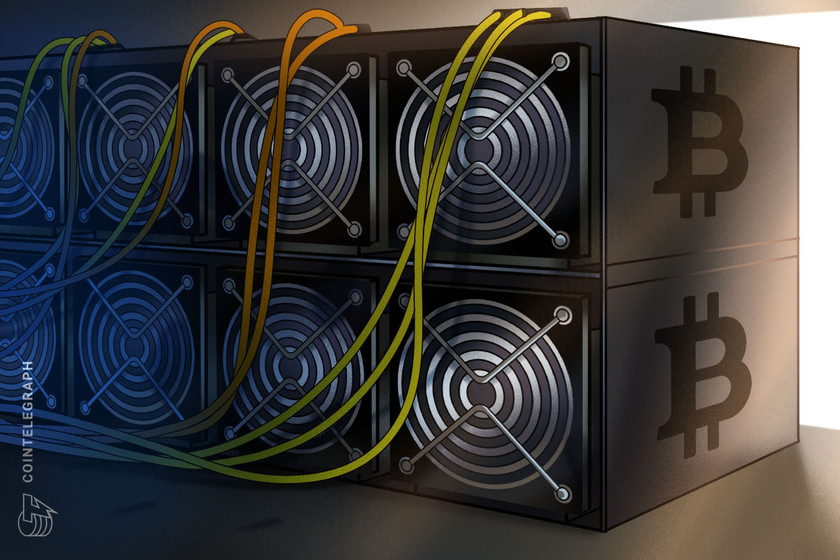
India has advocated for a global crypto framework for years, however, back home, the crypto ecosystem is still looking for a clear regulatory framework and simpler taxation.
Indian Prime Minister Narendra Modi called for a global collaboration on formulating crypto regulations during the Group of 20 (G20) summit. G20 President India has taken up the task of advocating for a comprehensive global framework for regulating cryptocurrencies.
G20 is the premier forum for international economic cooperation that plays a critical role in strengthening global architecture and governance on all major international economic issues. India currently holds the Presidency of the G20.
During an interview with a local daily, the Indian PM talked about the role of emerging technologies such as blockchain and cryptocurrency. Modi noted that the nature of such emerging technologies will have an impact on the global scale. Thus, the rules, regulations and framework around it should not belong to one country or a group of countries.
Modi cited the example of the aviation industry and said just like air traffic control or air security have common global rules and regulations, emerging technologies like cryptocurrency should also see a worldly consensus. He further added that India is doing its part in the crypto regulatory conversation:
“India’s G20 presidency expanded the crypto conversation beyond financial stability to consider its broader macroeconomic implications, especially for emerging markets and developing economies. Our presidency also hosted enriching seminars and discussions, deepening insights into crypto assets.”
India released its presidency note that included its input on the global framework for crypto. The suggestions on the crypto framework were aligned with the guidelines written by the Financial Stability Board FSB, the Financial Action Task Force (FATF) and the International Monetary Fund (IMF). The note also contained additional suggestions with a focus on developing economies.
Related: India negotiates cross-border CBDC payments with global central banks
India has been advocating for a global crypto framework for quite some time, however, back home, the crypto regulatory environment is still shrouded in complexities, lack of clarity and high taxations. The country imposed a 30% tax on crypto gains in 2022, quite akin to its gambling taxation leading to a mass exodus of budding crypto companies and a sharp decline in crypto trading activity.
Magazine: ‘Elegant and ass-backward’. Jameson Lopp’s first impression of Bitcoin














